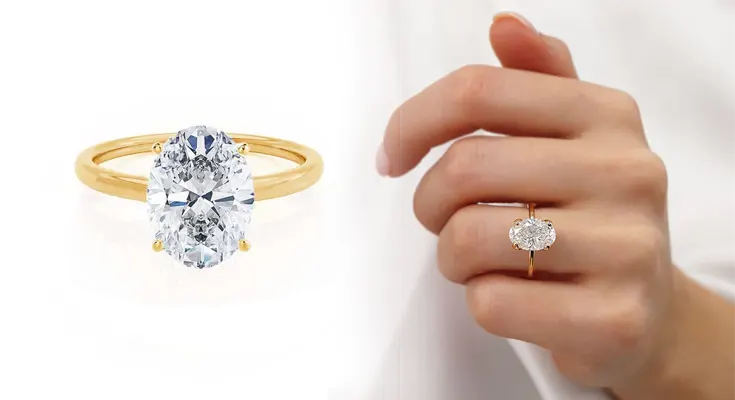Engagement rings have long symbolized love and commitment, but their designs and significance can vary dramatically across cultures and historical periods. In Germany, the royal engagement rings offer a fascinating glimpse into the evolving tastes and traditions of the monarchy over the past century. This article will explore how these exquisite pieces of jewelry have transformed, reflecting broader societal changes and the personal stories of the royal families.
The early 20th century marked a significant turning point for German royal engagement rings. Prior to this era, rings were often simple gold bands or featured modest gemstones. However, as European royalty began to adopt more extravagant styles, German engagement rings started to incorporate larger stones and intricate designs. The 1900s saw the rise of Art Nouveau, characterized by organic forms and flowing lines. German royals, influenced by this artistic movement, favored rings that combined traditional motifs with contemporary aesthetics, often featuring sapphires, emeralds, and the ever-popular diamond.
The tumultuous events of the 20th century, including World War I and the subsequent fall of monarchies, profoundly impacted the design and meaning of engagement rings. During the Weimar Republic in the 1920s, a new sense of modernism emerged. The engagement rings of this period often reflected a move towards geometric shapes and minimalist designs. German royals began to favor clean lines and less ostentatious settings, perhaps as a response to changing public sentiments about wealth and privilege.
The interwar years brought a unique blend of tradition and innovation. One of the most notable pieces from this era is the engagement ring of Princess Sophie of Prussia, which featured a stunning diamond set in a delicate platinum band. This design exemplified the elegance of the time while remaining grounded in the classic ideals of royal jewelry. Such rings were not just symbols of love but also reflections of the political and social landscape of the time.
With the rise of the Nazi regime in the 1930s, the royal engagement ring once again underwent a transformation. The focus shifted toward nationalistic symbols and materials, and many royal families faced pressure to align their jewelry with the regime’s ideals. Post-war Germany saw the re-emergence of monarchy, albeit in a more symbolic capacity. This period marked a resurgence of traditional styles, with engagement rings returning to their ornate roots, often featuring intricate filigree work and elaborate gemstone arrangements.
The late 20th century brought yet another wave of change, as German royal engagement rings began to embrace contemporary styles. Modern royals, such as those in the House of Hohenzollern, have opted for rings that blend modern aesthetics with historical significance. The choice of stones has become more personal, with many opting for unique gems that reflect individual stories rather than adhering to traditional diamond-only designs. This shift signifies a departure from the past, emphasizing personal choice and the importance of the couple’s journey together.
Today, German royal engagement rings continue to evolve, marrying tradition with contemporary trends. Modern designs often feature ethical sourcing of materials and innovative settings that challenge traditional norms. As society continues to change, these rings reflect a dynamic blend of history, culture, and personal expression.
In conclusion, the evolution of German royal engagement rings over the past century encapsulates a rich narrative of love, politics, and art. Each ring tells a story that transcends time, linking the past to the present while showcasing the enduring allure of engagement rings as symbols of commitment and connection. As we look forward to future generations, it will be intriguing to see how these royal pieces continue to evolve, reflecting the values and aesthetics of their time.




